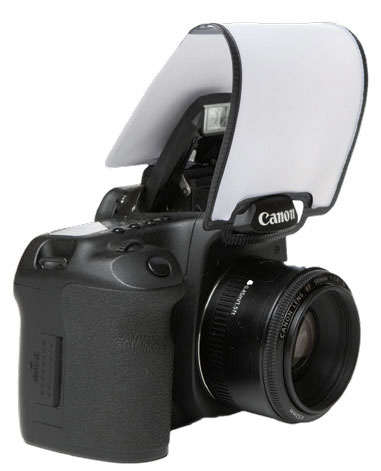Today’s Post by Joe Farace
If, in making a portrait, you hope to grasp the interior silence of a willing victim, it’s very difficult, but you must somehow position the camera between his shirt and his skin. Whereas with pencil drawing, it is up to the artist to have an interior silence.—Henri Cartier-Bresson
 All of The ingredients for making effective outdoor portraits are easy to assemble: All you need is a subject, a camera and some light but like any recipe it’s how all these elements are combined that goes into cooking up a delicious portrait. Just like Emeril’s secret ingredient Essence, I’d like to suggest adding a special spice to your next outdoor portrait—flash.
All of The ingredients for making effective outdoor portraits are easy to assemble: All you need is a subject, a camera and some light but like any recipe it’s how all these elements are combined that goes into cooking up a delicious portrait. Just like Emeril’s secret ingredient Essence, I’d like to suggest adding a special spice to your next outdoor portrait—flash.
Seeing the Light
Even the small pop-up flashes that are built into most DSLRs and mirrorless cameras can be used to perk up your outdoor portraits. The key to improving your outdoor portraiture is knowing when it’s the right time to use flash. Start by looking at the light that’s already falling on your subject and evaluating the range of shadows and highlights that appear in the scene.
Learning how see light is not difficult but takes practice and using your camera’s LCD screen can help you analyze outdoor flash photographs to see if your efforts were successful. My guess is that with a little experience your answer to the question of when it comes to using flash outdoors will be “most of the time.”
 Using the camera’s built-in flash as the sole source of lighting for people pictures can produce a well-lit portrait but the sometimes the lighting can be flat and a bit contrasty. Nevertheless the small pop-up flashes found in many cameras do a surprisingly good job in delivering well exposed outdoors pictures—if you are careful not to exceed its maximum flash distance, which in many cases is not that far.
Using the camera’s built-in flash as the sole source of lighting for people pictures can produce a well-lit portrait but the sometimes the lighting can be flat and a bit contrasty. Nevertheless the small pop-up flashes found in many cameras do a surprisingly good job in delivering well exposed outdoors pictures—if you are careful not to exceed its maximum flash distance, which in many cases is not that far.
How I made this portrait: To avoid the dreaded flash-on-camera look for this portrait of Devra who was standing just inside the doors of a barn in Phoenix Arizona, I used LumiQuest’s Soft Screen that’s designed to work with a camera’s pop-up flash to soften shadows and reduce hot spots. The camera used was Canon EOS 10D and the wonderful EF 28-105mm f/3.5-4.5 II USM lens that I made the mistake of selling a few years ago. The manual exposure was 1/60 at f/4.5 and ISO 200 with a minus one-third stop exposure compensation but the shutter speed was not fast enough to capture her hand that was in motion when I made the shot. I still like the photograoh, though.
 If you enjoyed today’s blog post and would like to treat Joe to a cup of Earl Grey tea ($2.50), click here. And if you do, many thanks.
If you enjoyed today’s blog post and would like to treat Joe to a cup of Earl Grey tea ($2.50), click here. And if you do, many thanks.
If you’re interested in learning how I shoot available light glamour portraits, please pick up a copy of Available Light Glamour Photography which is available new from Amazon.com for $29.95. The Kindle version is $29.95 for those preferring a digital format.
.